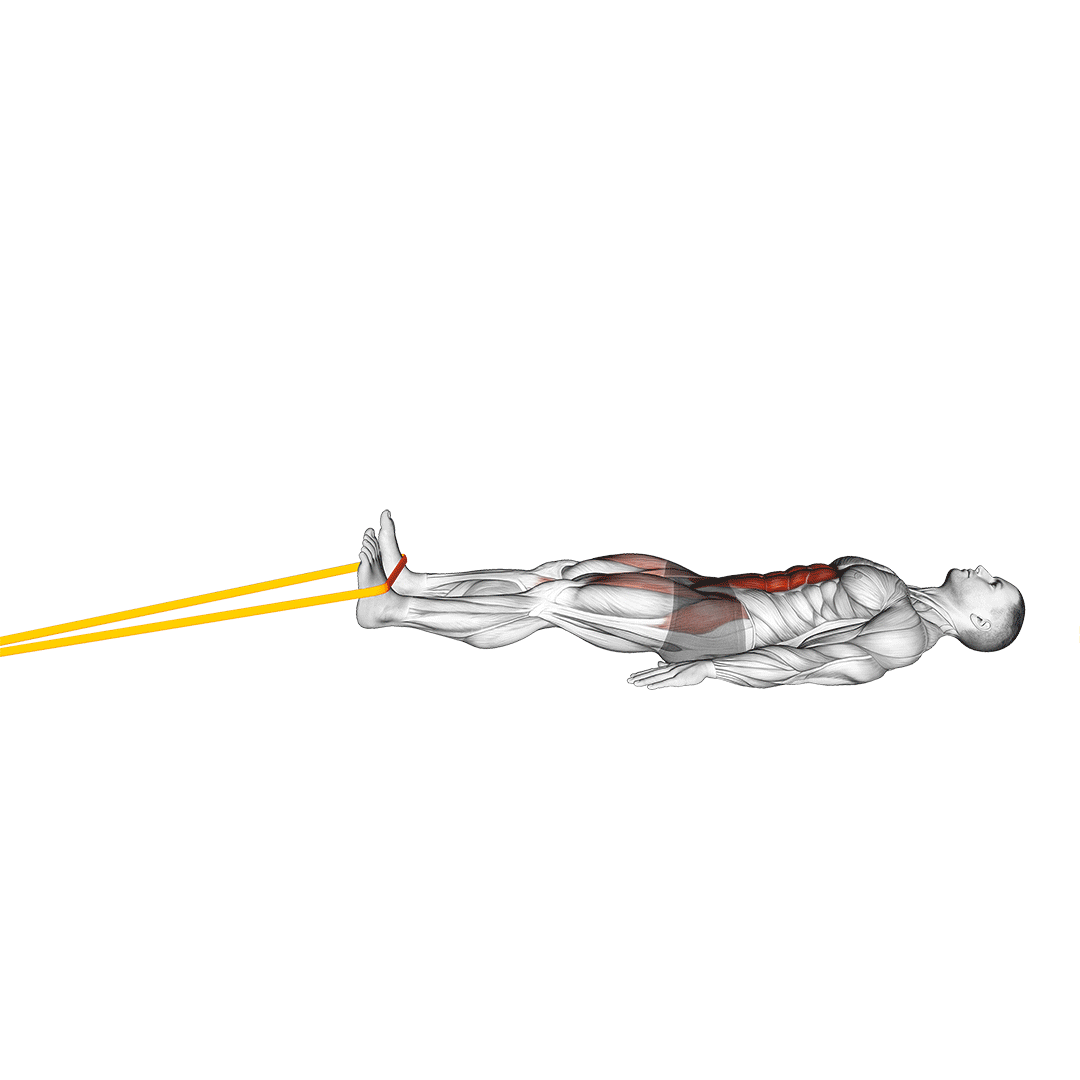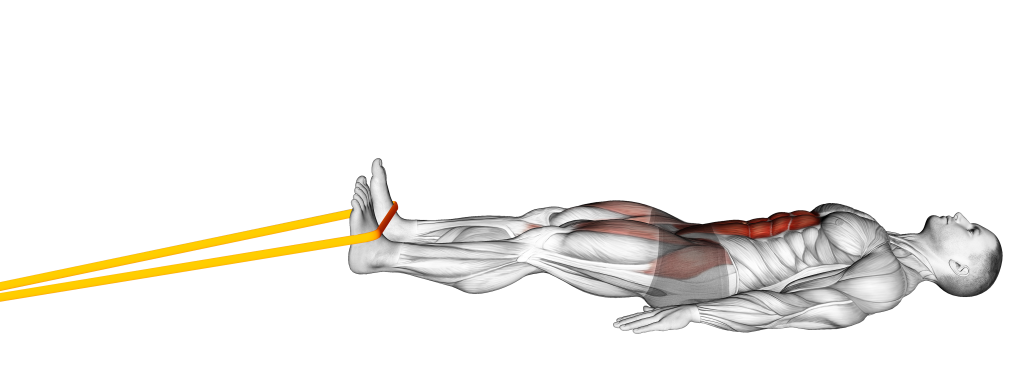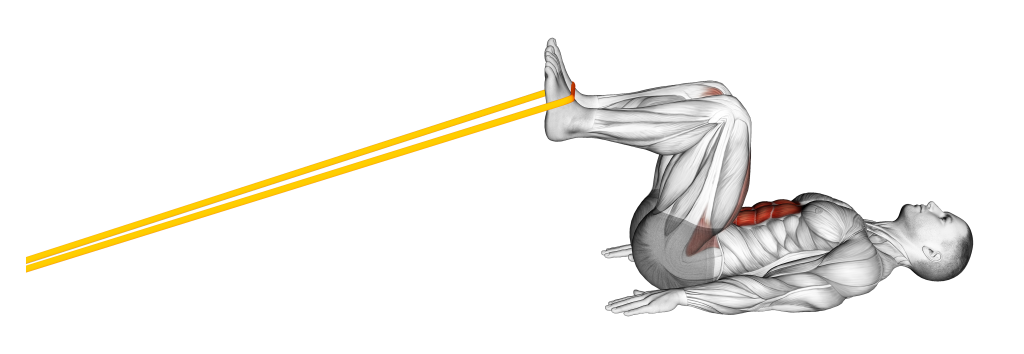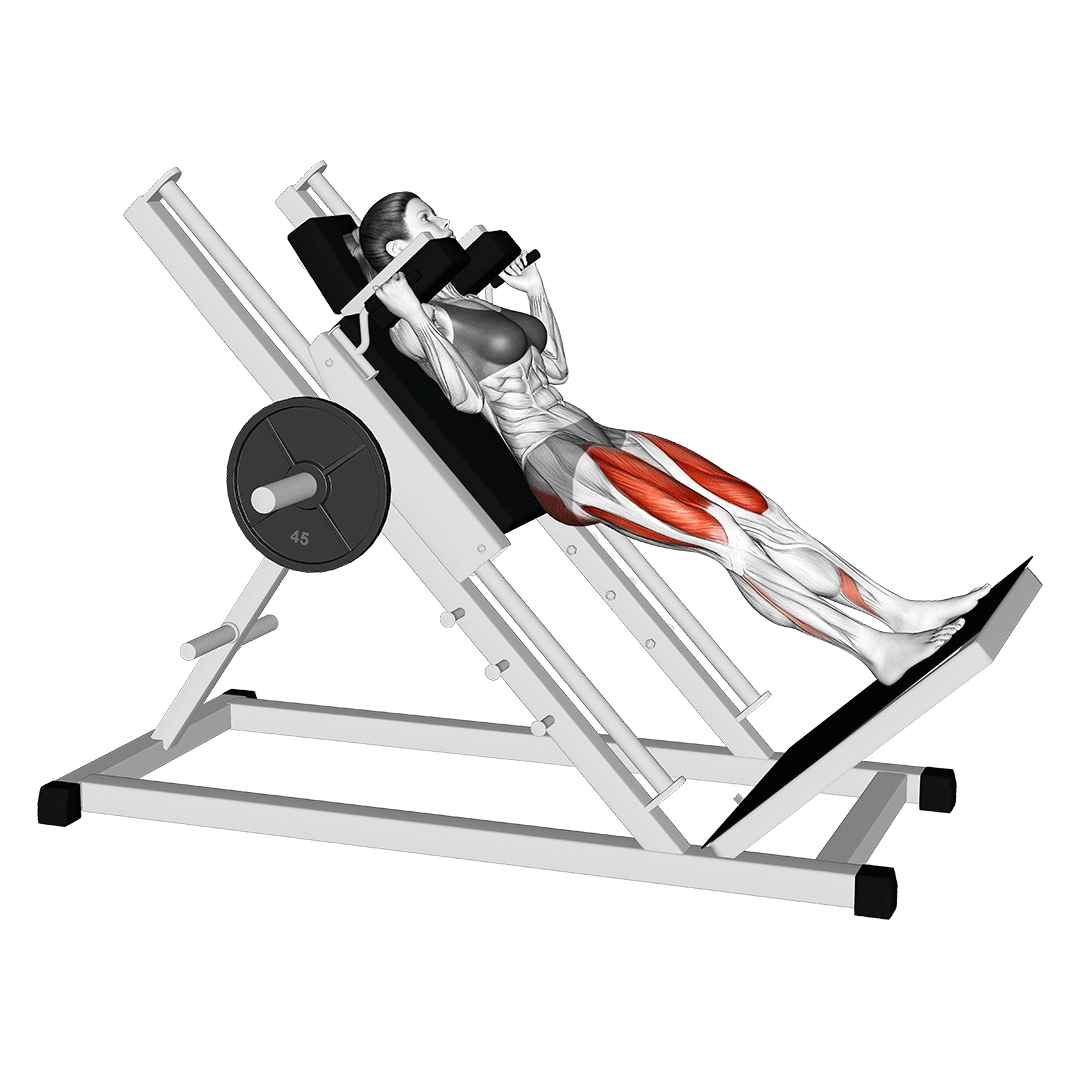Reverse Squats: Benefits, Muscles Worked, and More
Though the name may conjure up images of a barbell hack squat, the reverse squat is in fact quite different than one may imagine. Rather than the lifter themselves performing the movement in reverse, it is actually the resistance itself that is reversed.
But before trying out this novel exercise during your next leg day workout, it is important to understand the more important aspects of what makes it unique among leg exercises.
To put it in a nutshell, the reverse squat is a cable machine or resistance band movement that features the lifter performing a squatting motion against resistance that is not downward in angle, often for the purposes of adjunct training stimulus or physical rehabilitation.
What is a Reverse Squat?
In more technical terms, the reverse squat is a multi-joint compound movement involving the entirety of the lower body’s musculature, including the hip flexors and the lower core to a certain extent.

While it is rather uncommon in nearly every form of modern training program, it does indeed hold a niche place as an accessory compound exercise, and can play an important role in physical rehabilitation programs where low-to-moderate levels of resistance are permissible.
Note that the reverse squat is different from exercises like the reverse band squat, the barbell hack squat, the reverse hack squat or the cable machine knee-in.
Who Should do Reverse Squats?
Reverse squats are simple enough to be accessible to athletes of all levels, but they are particularly useful for powerlifters and strength athletes wishing to correct a certain sticking point or otherwise add additional training volume without the use of free weight exercises.
Reverse squats are also a suitable rehabilitation tool for improving lower body strength and stability in patients that possess sufficient mobility or locomotion to perform the exercise.
If you wish to include the reverse squat in your active recovery plan, first consult your physician.
Equipment Needed for Reverse Squats
Reverse squats require either a resistance band or a cable machine with a suitable attachment with which to wrap around the feet.
How to do a Reverse Squat
To perform a repetition of the reverse squat, the exerciser will lie on their back with the resistance band or cable machine attachment wrapped around both feet, ensuring that it is securely set over the midfoot and that there is sufficient distance to maintain constant time under tension.

Contracting the core and spreading the arms so as to better ensure a stable torso, the lifter will draw their knees upwards as if performing a squat, allowing them to point outwards and for the hips to open up as the knees reach a parallel point with the pelvis.

From this point, the exerciser will slowly allow the resistance to return their legs to full extension, squeezing their core and upper leg muscles as they do so.
What Muscles are Worked by Reverse Squats?
As a compound exercise, the reverse squat is capable of recruiting (or rehabilitating) multiple parts of the lower body and core - though not all to an equal extent.
Due to the position in which reverse squats are performed, the same muscles that are normally utilized to a significant degree during conventional squats do not apply, with other less-utilized musculature being used as the primary mover muscles instead.
Primary Mover Muscles
When performing reverse squats, it is the hip adductor and abductor muscles that are utilized as primary mover muscles, as well as the hamstrings and glutes.
Secondary and Stabilizer Muscles
Other muscle groups that are recruited by reverse squats - though to a lesser extent - are the quadriceps, the anterior muscles of the calves and the core musculature, especially the rectus abdominis.
What are the Benefits of Doing Reverse Squats?
Apart from the usual benefits of performing resistance exercise, reverse squats are also capable of imparting certain benefits that are not found with other exercises, making them particularly useful for those seeking the following effects.
Greater Lower Body Stability
Reverse squats are used in both strength training and physical rehabilitation as a way of improving the stability of the lower body, as it recruits the muscles of the hips, posterior chain and core in both a dynamic and isometric capacity.
This means that whether it be a static or moving exercise, the benefits of the reverse squats will aid in reducing injury risk and keeping the legs steady throughout the movement.
Low Impact, Low Risk, and Highly Accessible
Like most other exercises performed for physical rehabilitation, the reverse squat is both low impact and is unlikely to result in injury - two factors that make it accessible to even total beginners to resistance training.
As such, the reverse squat can fit into nearly any program without worry of causing excessive strain to the joints of the body.
Improved Core and Hip Flexor Strength
Because of the fact that the reverse squat primarily targets the muscles of the hips and lower core, it should be no surprise that these are the areas that receive the greatest benefit, seeing improvements in size, strength and stability over time.
In particular, the reverse squat is great for working the muscles of the iliopsoas group and pectineus muscles.
Frequently Asked Questions (FAQ)
What do Reverse Squats Work?
Reverse squats work every muscle of the lower body, as well as parts of the core. This includes the quadriceps, hip abductors and adductors, glutes, hamstrings and abs.
Is a Reverse Squat a Hack Squat?
No - the reverse squat is an entirely different exercise from the hack squat, of which the latter is a machine-based exercise performed for placing great focus on the quadriceps muscles, whereas the reverse squat is a resistance band or cable machine exercise performed for rehabilitation and stability of the hips and core.

Final Thoughts
Though the reverse squat is an often forgotten exercise, this does nothing to diminish its effectiveness as an accessory or rehabilitative movement.
For the best results, it is a good idea to place the reverse squat at the end of a workout, or otherwise as a warm-up movement performed with low resistance and lengthy repetitions.
Sets of 2-3 for 8-12 repetitions are ideal for strengthening and reinforcing the lower body and core.
References
1. Neumann DA. Kinesiology of the hip: a focus on muscular actions. J Orthop Sports Phys Ther. 2010 Feb;40(2):82-94. doi: 10.2519/jospt.2010.3025. PMID: 20118525.
